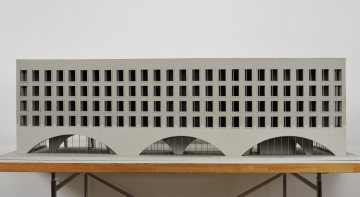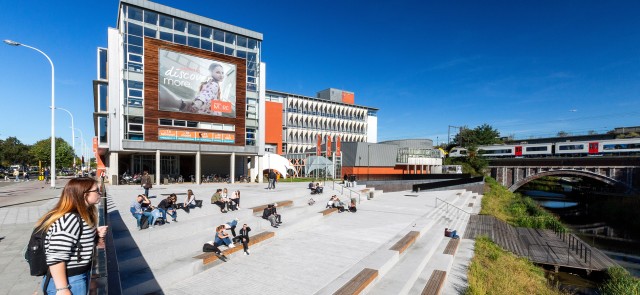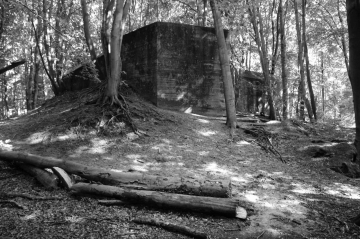2020
Unspoken
We open the newspaper and read about savings, price increases, poor air quality, road pricing, forest fires, polarization, social measures, more compact living, concrete stop, mobiscore, the quality of drinking water, the building shift … Living in itself, staying in a warm, attractive space , well-being in an environment, etc. are not discussed here. In these times Archipel wants to pause for a moment and look for the unspoken, the non-measurable, the intangible, the poetic, that little bit more, …
Peter Zumthor wrote: “What do we mean when we talk about architectural quality? It is difficult to answer that question. For me, quality in architecture is when a building succeeds in touching me. But what for Christ’s sake determines whether or not I am struck? And how can I do such a thing in my own work? How do people design objects with such a beautiful, natural presence? A word for this is atmosphere. ”
Le Corbusier already spoke of it in 1923. “ On met en œuvre de la pierre, du bois, du ciment ; on en fait des maisons, des palais; c’est de la construction. L’ingéniosité travaille. Mais, tout à coup, vous me prenez au cœur, vous me faites du bien, je suis heureux, je dis : c’est beau. Voilà l’architecture. L’art est ici.”
What makes that difference? What makes us silent in certain spaces? How does it work? Is there a certain mechanism? Especially in architectural publications of the last decades, people researched intensively about the conceptualization of atmosphere in text and image. Writers such as Peter Sloterdijk, Gernot Böhme, Juhani Pallasmaa, Peter Zumthor, Mark Wigley, Adam Caruso try – from different angles – to capture that feeling so difficult to describe.
We feel the atmosphere in a room intuitively, we consciously experience it. Is the unspoken personal, vague, elusive? Can it be interpreted? Or does it remain legible between the lines? Unspoken, unausgresprochen, onuitgesproken, non-dit … every language has its own subtlety, fragility, accent in trying to name the mysterious, the hidden, the indescribable present, … To experience space, multiple senses react in a complex way. It leads to a mood, a feeling, an atmosphere. Countless factors play a role, a swirling climate of elusive and ephemeral effects: light, shadow, darkness, relationships, composition, rhythm, tactility, texture, colour, sound, noice, warmth, smell, humidity, feeling, light entry, tectonics, transparency , opacity, stratification, intimacy, tension, interior-exterior relationship, seduction, material compatibility, aging of materials, patina, detailing, emotions, relationships with the place …
Every aspect in itself may then be objectively named, but the simultaneous interplay of all those elements leads to magical, indescribable moments that cannot be captured in words. There is an infinite wealth and ambiguity in the concrete reality.
Architecture is about shaping an atmosphere, about looking for those fragile, ephemeral effects that have an impact on the resident. It is just the unspoken that we experience what we are looking for. It is the interplay of the whole that we undergo: every aspect meticulously conceived and thought through by the architect, who, as a director, assigns every actor his role, into a poetic, dynamic story in symbiosis.
This year’s speakers were chosen because they each deal with UNSPOKEN in a different way. We let them speak by looking at their work in the context of UNSPOKEN, where they were asked to deepen out one project in particular.
Hera Van Sande



















